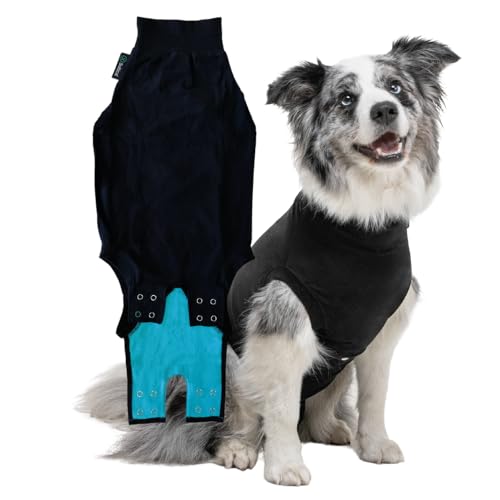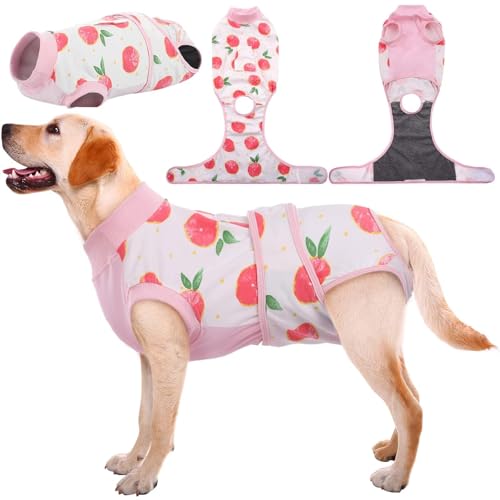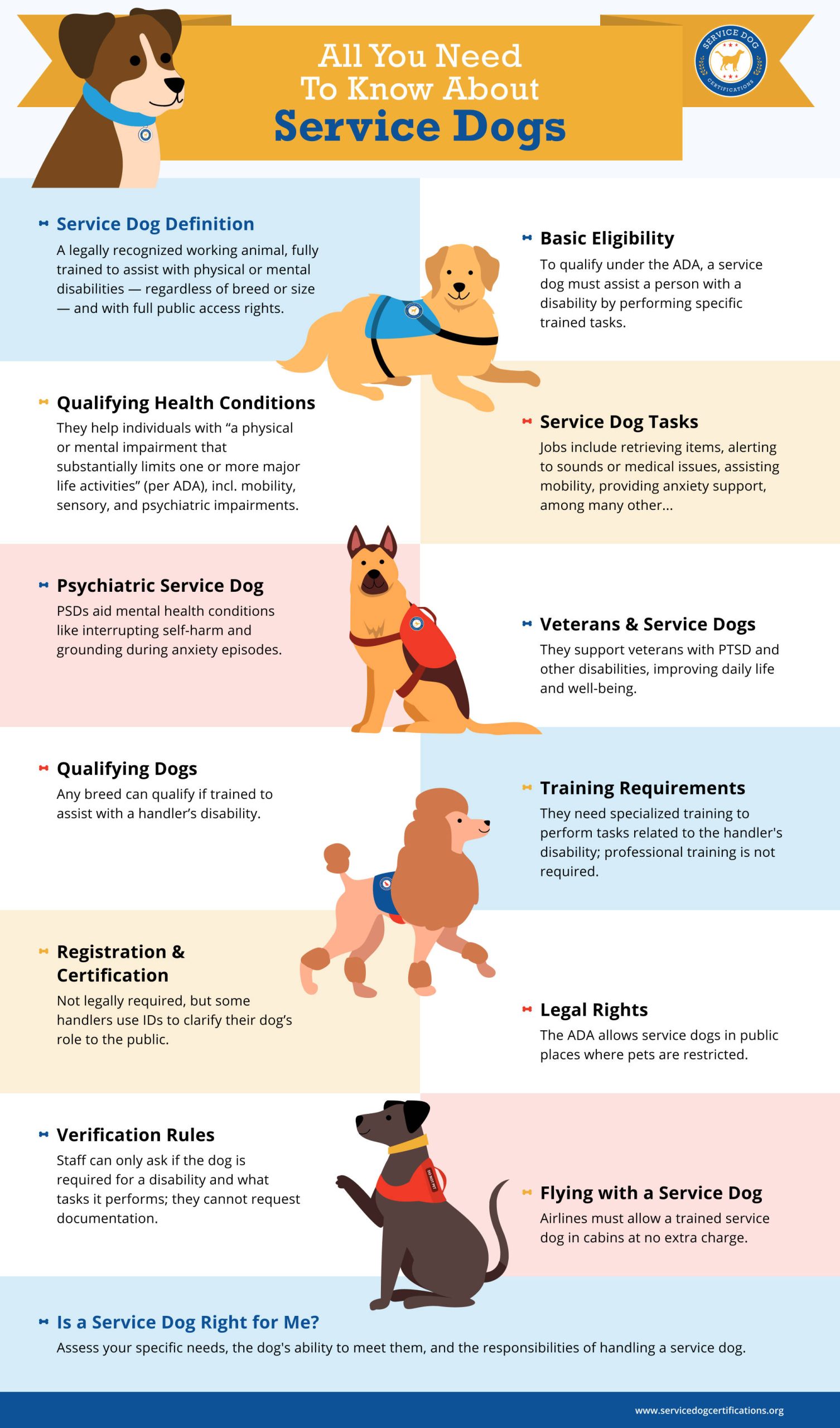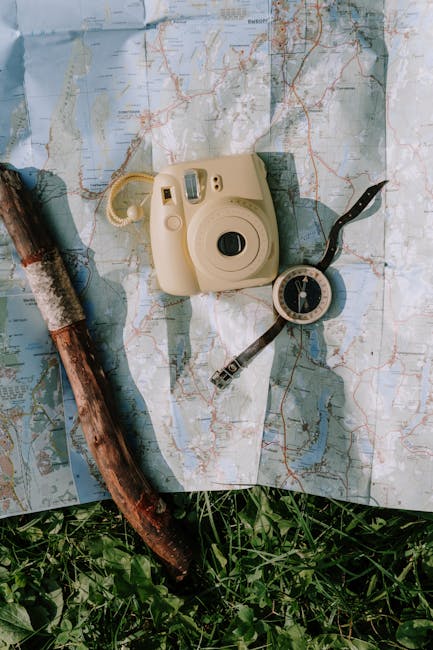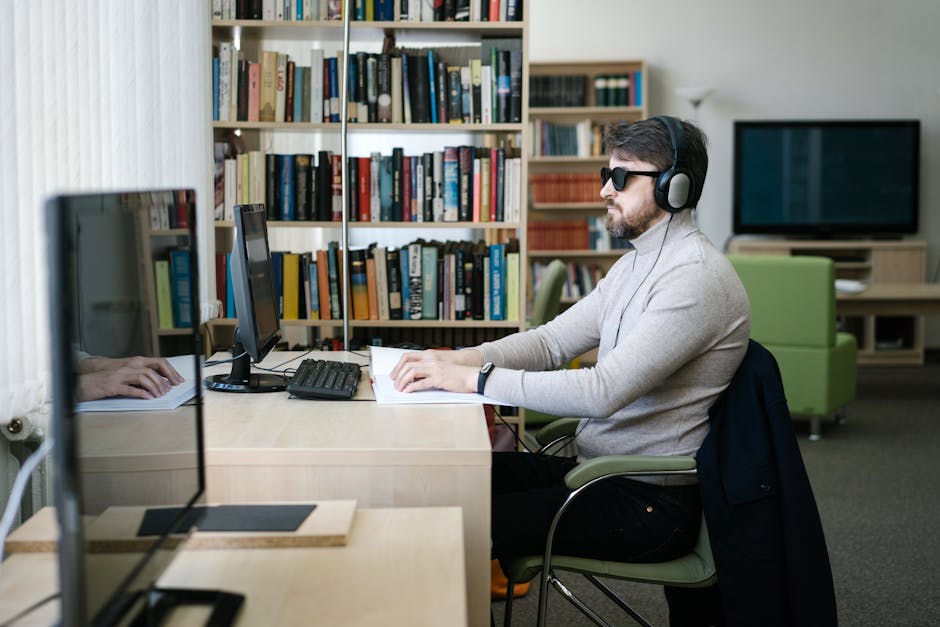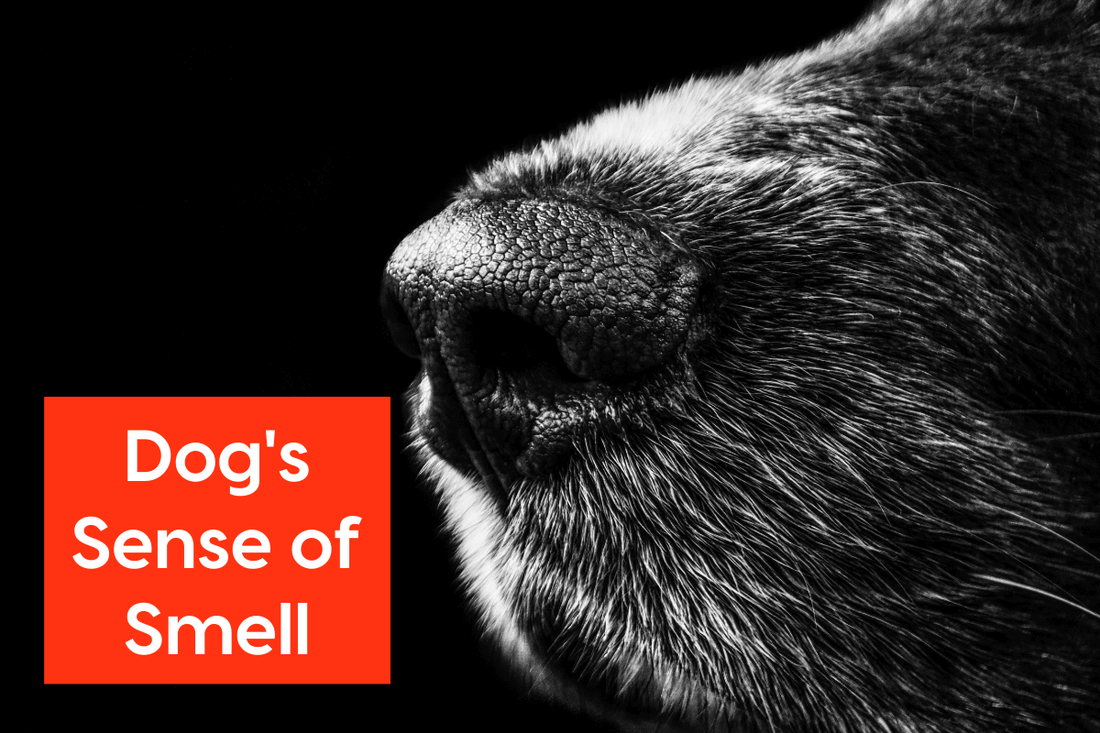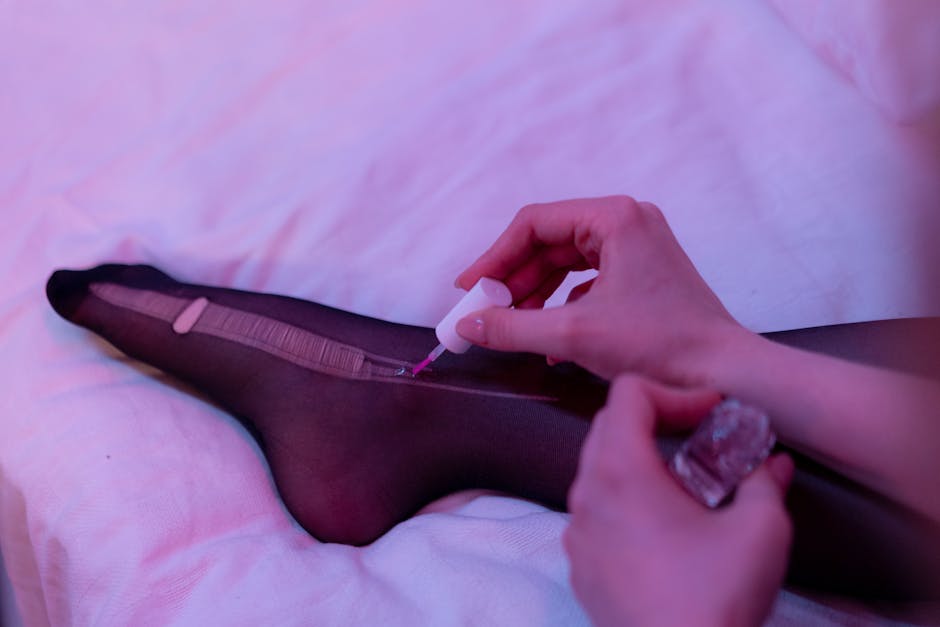Has your dog recently injured a special fingernail, leaving you worried and unsure what to do next? You’re not alone.
These injuries can be painful for your furry friend and tricky for you to handle without the right knowledge. But don’t panic—this guide will walk you through simple, effective steps to help your dog heal quickly and comfortably. By the end, you’ll feel confident in caring for your dog’s special nail injury and know exactly when to seek professional help.
Keep reading to protect your dog’s paws and bring back their happy, playful spirit.
Identifying Fingernail Injuries
Dog fingernail injuries can cause pain and trouble walking. Spotting these injuries early helps your dog heal faster.
Knowing the signs and types of damage can guide you to give the right care or see a vet.
Common Signs Of Injury
Look for visible signs your dog’s nail is hurt. These signs show your dog needs help.
- Bleeding around the nail or paw
- Swelling near the nail bed
- Redness or dark spots on the nail
- Favoring one paw or limping
- Excessive licking or chewing the nail
- Cracked or broken nail tips
- Visible nail lifting from the paw
- Signs of pain when touching the paw
Types Of Fingernail Damage
Dog nails can get hurt in different ways. Knowing the damage type helps you treat it right.
- Cracked nails:Nails split but stay attached.
- Broken nails:Nail breaks off, sometimes bleeding.
- Ingrown nails:Nail grows into the skin causing pain.
- Lost nails:Nail falls off due to injury.
- Infected nails:Nail and skin become swollen and red.
- Bruised nails:Dark spots under the nail from trauma.

Credit: nationalpyr.org
Immediate Care Steps
If your dog has a special fingernail injury, quick care is very important. Acting fast helps stop pain and prevent infection.
Follow simple steps to clean and stop bleeding. This helps your dog heal better.
Cleaning The Wound
First, gently clean the injured nail and surrounding area. Use warm water to remove dirt and debris.
Do not use harsh chemicals. Mild soap or saline solution works best to avoid irritation.
- Wash your hands before touching the wound
- Use a clean cloth or gauze to wipe the area
- Rinse with warm water or saline solution
- Pat dry carefully to avoid more damage
Stopping The Bleeding
If the nail is bleeding, apply gentle pressure with a clean cloth or gauze. Keep pressure for a few minutes to help blood clot.
If bleeding does not stop, use a styptic powder or pencil if available. These help seal small blood vessels quickly.
- Keep the dog calm and still
- Press gently on the nail with clean gauze
- Hold pressure for 3 to 5 minutes
- Apply styptic powder if needed
- Contact a vet if bleeding continues
Home Remedies And Treatments
Dogs can hurt their special fingernail, which needs quick care. Treating it at home helps prevent infection and pain.
Use simple remedies to clean and protect the nail. Watch your dog closely during healing.
Applying Antiseptic Solutions
Clean the injured nail carefully using an antiseptic solution. This stops germs from causing infection.
Use a mild antiseptic like diluted iodine or chlorhexidine. Avoid harsh chemicals that hurt your dog.
- Gently rinse the nail with clean water first
- Apply antiseptic with a cotton ball or pad
- Let the solution dry before covering the nail
- Repeat cleaning twice a day for best results
Using Bandages Properly
Bandages protect the injured nail from dirt and further injury. Wrap the bandage carefully to keep it clean.
Use soft, breathable material and do not wrap too tight. Change the bandage daily or if it gets wet or dirty.
- Place a small pad over the nail injury
- Wrap with a soft bandage to hold the pad in place
- Check the bandage often for tightness or slipping
- Keep your dog from chewing or pulling the bandage
Credit: www.pets4homes.co.uk
When To Visit The Vet
Dogs can hurt their special fingernail, which may need vet care. It is important to know when to take your dog to the vet. Some signs show the injury is serious and needs help.
Watching your dog’s nail closely helps you catch problems early. Quick care can stop infections and pain from getting worse.
Signs Of Infection
If your dog’s nail gets infected, you may see swelling or redness. The area might feel warm and look sore. Your dog could lick or bite the nail a lot.
Infections can also cause a bad smell or pus near the nail. If you notice these signs, it is time to visit the vet for treatment.
- Swelling around the nail
- Redness or warmth
- Discharge or pus
- Bad smell
- Excessive licking or biting
Severe Injury Indicators
Severe injuries to the special fingernail need quick vet care. If the nail is broken badly or bleeding a lot, get help fast. Your dog may limp or refuse to walk.
Look for deep cuts or a nail that hangs loosely. These signs show a serious problem. The vet can give pain relief and prevent further damage.
- Heavy bleeding
- Broken or loose nail
- Deep cuts near the nail
- Dog limping or not walking
- Extreme pain or sensitivity
Preventing Future Injuries
Dogs can hurt their special fingernail if it grows too long or gets caught. Preventing injuries keeps your dog healthy and happy.
Simple care and safe activities lower the risk of nail damage. Here are some tips to help you protect your dog’s nails.
Regular Nail Trimming
Trim your dog’s nails often to stop them from growing too long. Long nails can break or tear easily. Check nails every two weeks.
Use proper dog nail clippers and cut small pieces at a time. Avoid cutting the quick, which causes pain and bleeding.
- Hold the paw gently but firmly
- Trim only the sharp tip of the nail
- Use a nail file to smooth rough edges
- If unsure, ask a vet or groomer for help
Safe Play And Exercise Tips
Choose safe places for your dog to play and run. Rough surfaces or sharp objects can hurt nails. Watch your dog during exercise.
Limit rough play that might cause nails to catch or tear. Use toys and soft balls instead of sticks or hard objects.
- Walk on grass or smooth paths
- Keep play areas clear of sharp stones or sticks
- Use dog-safe toys for fetch and tug games
- Check paws after walks for cuts or debris
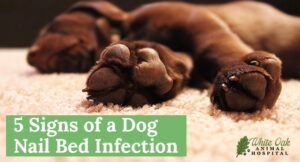
Credit: whiteoakvet.com
Pain Management For Dogs
Dogs can feel pain just like humans. Pain from a special fingernail injury needs careful care.
Managing pain helps your dog heal faster and stay comfortable during recovery.
Over-the-counter Options
Some medicines can reduce pain in dogs. Always check with a vet before giving any medicine.
Common over-the-counter options include:
- Dog-safe pain relievers like aspirin in small doses
- Topical creams to soothe the injury area
- Antiseptic sprays to prevent infection and ease pain
Never give human pain medicines without vet advice. Some are harmful to dogs.
Natural Pain Relief Methods
Natural ways can help ease your dog’s pain safely at home. They support healing without drugs.
Here are some natural pain relief methods:
- Cold compresses reduce swelling and numb pain
- Warm compresses relax muscles after swelling goes down
- Gentle massage around the nail to improve blood flow
- Keeping the dog calm and rested to avoid more pain
- Using soft bedding to reduce pressure on the paw
Frequently Asked Questions
What Are Common Signs Of A Dog’s Special Fingernail Injury?
Look for limping, bleeding, swelling, or a broken nail. Your dog may lick or chew the affected nail frequently. These signs indicate discomfort and need immediate attention to prevent infection or worsening.
How Can I Safely Clean My Dog’s Injured Fingernail?
Use warm water and mild antiseptic to gently clean the nail. Avoid harsh chemicals. Pat dry with a clean cloth. This prevents infection and promotes healing.
When Should I See A Vet For A Dog’s Nail Injury?
Visit a vet if the nail is severely broken, bleeding heavily, or shows signs of infection. Persistent limping or swelling also requires professional care. Early treatment prevents complications.
Can I Trim My Dog’s Broken Nail At Home?
Only trim if you have proper tools and experience. Cut small, avoid the quick, and be gentle. If unsure, seek veterinary help to avoid pain or further injury.
Conclusion
Caring for a dog’s nail injury is crucial. Following these steps ensures healing. Clean the wound gently. Use a mild antiseptic. Bandage it to prevent infection. Keep your dog calm and rested. Monitor the injury daily. Consult a vet if it worsens.
Their guidance ensures proper recovery. Your attention speeds up healing. Your dog will be back to its playful self soon. Remember, your care makes a difference.

